Alright. We’re gonna say it. The white wine market is aggressively two-dimensional. Chardonnay. Sauvignon Blanc. Pinot Grigio. Well maybe that’s three dimensions (and no, we’re not forgetting White Bordeaux, we just can’t typically afford the good stuff).
Not to disparage any of those varietals—they’re classics for a reason. But wherever routine occurs—in love, in wine, in hairstyles—there can be a certain degree of sensory dulling. Repeating the same purchase or sip, especially if it’s all butter and oak, you forget why you like white wine in the first place. In part, we have stores to blame. Stocking lesser known white wine varietals doesn’t really work when you’re trying to move product. But since when do you listen to what retails dictate? (OK, we all do.) For the sake of variety, and the unfair two-dimensional rep of white wine, we’re seeking out some obscure grape-age. No surprise, you’ll find repeat notes of crispness, salinity, florals, and tender stone fruit. And as well all know, that is not at all a bad thing.
Santorini, Greece: Estate Argyros Assyrtiko
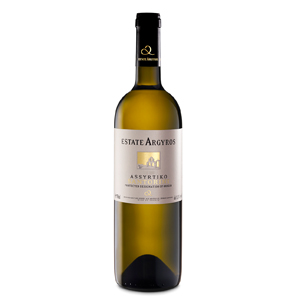 Most of us can’t get to Santorini. But we can drink like we can. Dry, bright, minerally bracing, Assyrtiko is like a serious vacation (like, when you really need to vacate) in a bottle. Oak balances the brightness, leaving you with a slightly creamy, slightly saline sip as you picture yourself jumping off your giant, giant yacht.
Most of us can’t get to Santorini. But we can drink like we can. Dry, bright, minerally bracing, Assyrtiko is like a serious vacation (like, when you really need to vacate) in a bottle. Oak balances the brightness, leaving you with a slightly creamy, slightly saline sip as you picture yourself jumping off your giant, giant yacht.
Tokaj-Hegyalja, Hungary: Evolucio Furmint
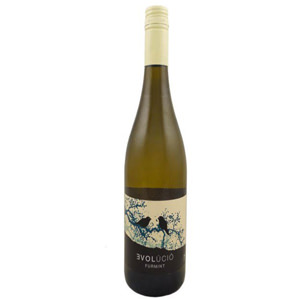
The Tokaj region is more famous for its sweet white dessert wines, but here’s a Hungarian white wine. An excellent sub for your go-to Pinot Grigio. Dry, crisp, notes of apple skin and citrus. Also incredibly affordable.
Rias Baixas, Spain: Albarino de Fefinanes
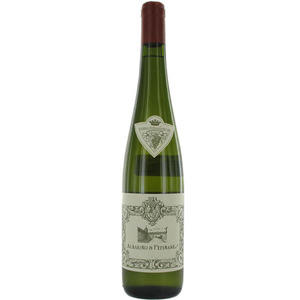
Another unoaked white wine, crisp, exotic, refreshing, and delicately fruity. More supple than other brightly acidic whites (see Vinho Verde, which tends to feature Albarino), with notes of vanilla and peach. Mild salinity interrupts any heft. Meaning you’ll feel like you’re sitting seaside somewhere on the Spanish coastline.
Sudsteiermark, Austria: Tement Gelber Muskateller
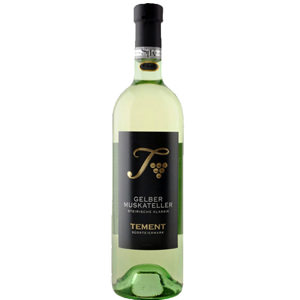
If the name sounds familiar, it should—“muskateller”=muscat (petits grains, though we’ll get to that later), grown in Austria. One of the oldest grape varieties in the world. Not that it shows. The wine drinks young, crisp, and lively.
Piedmont, Italy: La Colombera Derthona Timorasso
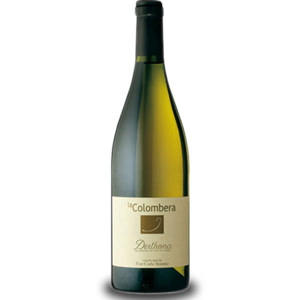
Definitely not a well known Italian white varietal (maybe because someone’s hogging all the attention, Pinot Grigio?) but if you find a bottle, go for it. Hits all the right notes, balancing lush orchard stone fruit and perky minerality.
Istria, Croatia: Vina Trapan “Ponente” Istria Malvazija
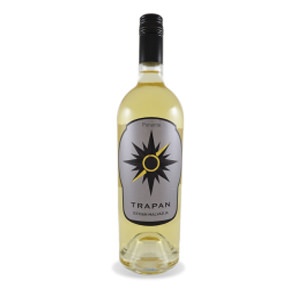
Grown on the cusp of the Adriatic Sea, these grapes tingle with salinity. Not that you’ll get a sodium dose. This drinks more like a seaside garden, floral notes run through with a fresh, delicate seashore breeze that’ll make you forget you don’t actually own a yacht. Or do you?
